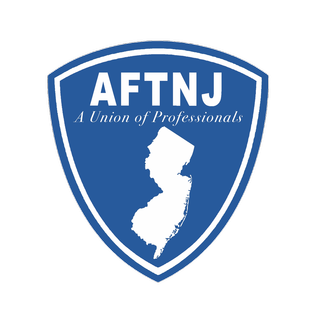By Kelly Field, Washington
Teacher colleges and their accreditors pushed back against a Department of Education plan to tighten eligibility for federal Teach Grants this week, winning concessions on a proposed rule that could have ended aid to hundreds of colleges and set a precedent for other federal programs.
Under the department’s original proposal, states would have been required to sort teacher-education programs into four categories—”low-performing,” “at risk,” “satisfactory,” and “high quality”—based on their graduates’ job-placement and retention rates, the academic “growth” of graduates’ future students, and customer-satisfaction surveys. Only programs that received the highest ranking and were approved by a specialized accreditor would have been eligible to award the grants, which provide up to $4,000 a year to students who agree to work in “high-need areas.”
Sophia McArdle, the department’s representative on a panel that is negotiating the teacher-training rules, said the agency’s goal was to set a “minimum bar” for Teach Grant eligibility. (While federal law limits Teach Grants to “high quality” programs, it doesn’t define the term. In the past, department officials have claimed that the grants go to too many “mediocre” programs.)
But negotiators said the bar was being set too high, and would deny aid to all but “the crème de la crème,” as one panel member put it. They maintained that it was unfair to exclude the hundreds of programs that lack specialized accreditation, or the potentially hundreds more that might fall under the new “satisfactory” category. They argued that the grants should go to students attending programs deemed “effective” or higher, regardless of their accreditation status, and the department agreed.
Under the compromise language, programs lacking specialized accreditation would be judged based on whether they provided graduates with “content and pedagogical knowledge” and “quality clinical preparation” and had “performance based” exit requirements.
More>>

